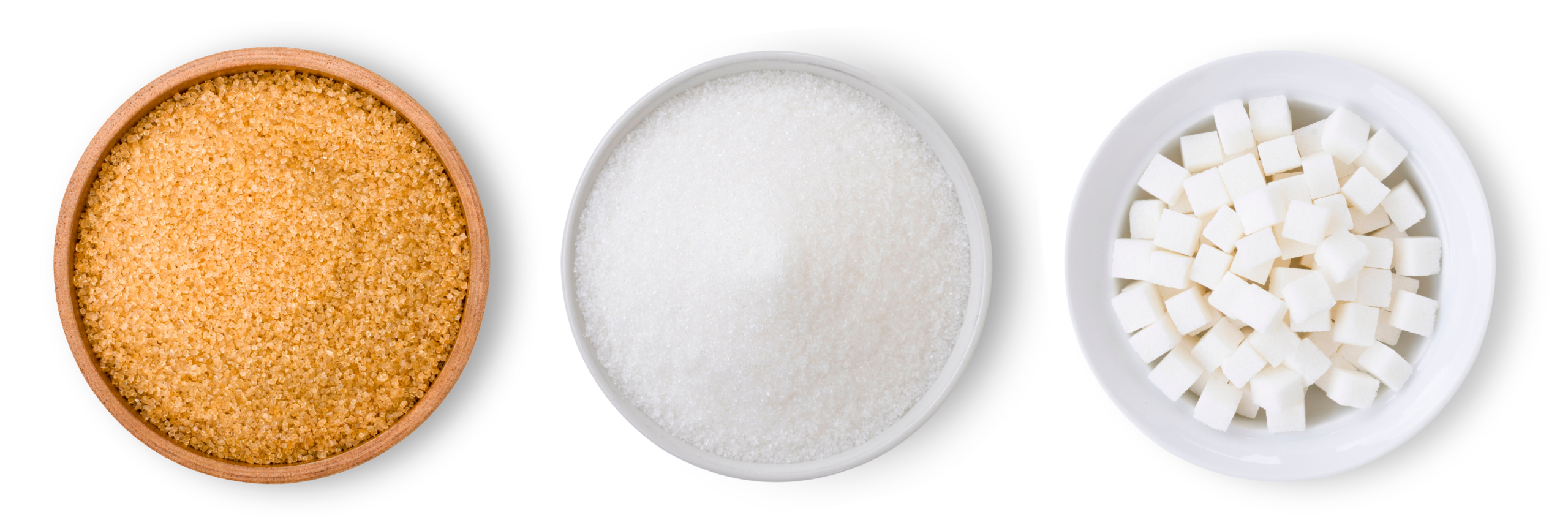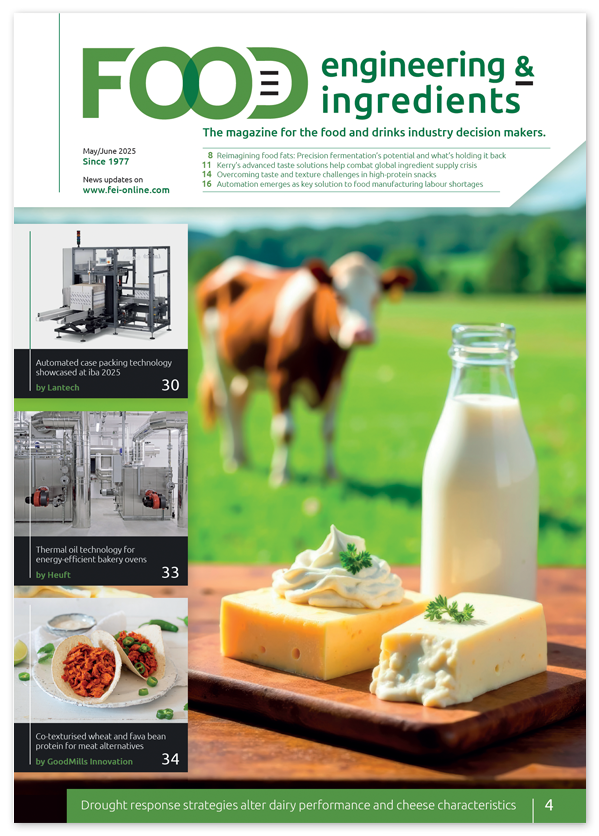EFSA unable to set tolerable upper intake level for dietary sugars
The European Food Safety Authority’s (EFSA) scientists have completed their comprehensive safety assessment of sugars in the diet and their potential links to health problems. The findings will support national public health authorities in Europe in updating future advice for their consumers.
Commenting on the assessment, Prof. Dominique Turck, the Chair of EFSA’s panel of nutrition experts who carried out the assessment, said: “We concluded that intakes of added and free sugars should be as low as possible as part of a nutritionally adequate diet; this is in line with current recommendations. However, the scientific evidence did not allow us to set a ‘tolerable upper intake level’ for dietary sugars, which was the original goal of this assessment.”
Our diet includes different categories and sources of sugars, which can be naturally occurring or added. ‘Added sugars’ are refined sugars used in food preparation and as table sugar. ‘Free sugars’ includes ‘added sugars’ plus those naturally present in honey and syrups, as well as in fruit and vegetable juices and juice concentrates. ‘Total sugars’ are all sugars present in the diet, including those naturally present in fruit, vegetables, and milk.
Feedback helped finalise the opinion
Input received during last year’s public consultation on a draft version of the opinion allowed EFSA scientists to refine and clarify important aspects of their work.
Prof. Turck said: “We underlined there are uncertainties about chronic disease risk for people whose consumption of added and free sugars is below 10% of their total energy intake. This is due to the scarcity of studies at doses in this range.
“Data limitations also meant it was not possible to compare the effects of sugars classified as added or free, overall.”
Sources of sugars and health problems
Sugar consumption is a known cause of dental caries. Evidence also links – to varying degrees of certainty – consumption of sugar-sweetened beverages, juices and nectars with various chronic metabolic diseases including obesity, non-alcoholic fatty liver disease, and type 2 diabetes.
“Although we could not assess their contributions, the impact of other important contributors to sugar intake should be considered by national authorities when setting food-based dietary guidelines,” said Prof Turck. These foods could not be assessed because of limited data. They include sweets, cakes and desserts, other sweetened beverages such as sweetened milk and milkshakes, and yogurts.
What happens now?
Denmark, Finland, Iceland, Norway and Sweden made the original request to EFSA in 2017 to assess the potential health risks for consumers from excess intake of dietary sugars.
“This safety assessment of dietary sugars provides us with important knowledge,” said Anna Karin Lindroos, nutritionist and PhD at the Swedish Food Agency. “It will, together with other relevant sciencebased reports, be a useful source when reviewing recommendations for sugar intake and food-based dietary guidelines in the Nordic countries.”
Future research on dietary sugars
The fact that EFSA’s review was so wide-ranging allowed the scientists to prioritise the data gaps and research needed to set a ‘tolerable upper intake level’ for dietary sugars in the future.
Prof Turck said: “We screened over 30,000 publications so we have identified several areas to target for researchers and technicians. The pooling and reuse of individual human data from research studies would be a valuable source of information. Research should focus both on the health effects of dietary sugars and on the impact of clinical and community interventions designed to reduce sugar intakes. Finally, we need validated methods for assessing intakes and the standardisation of reporting guidelines and definitions
for dietary sugars and their sources.”
Download:
- Scientific opinion: Tolerable Upper Intake Level for dietary sugars https://www.efsa.europa.eu/en/efsajournal/pub/7074
- Plain-language summary: Tolerable Upper Intake Level for dietary sugars https://bit.ly/3CKkjtp



